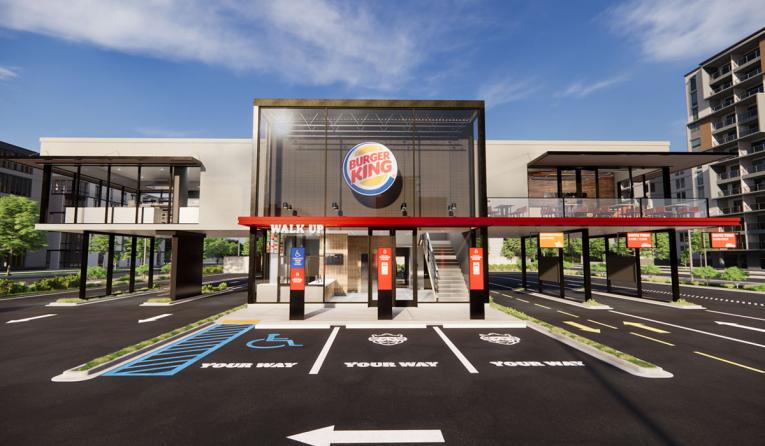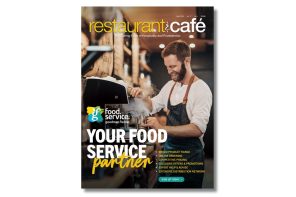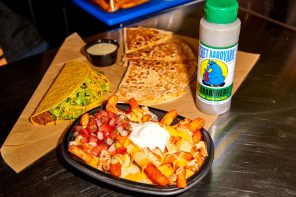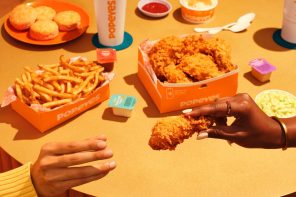You can now add Burger King to the list of restaurant brands across the US that are continuing to devise ‘restaurants of the future’. From Taco Bell to Starbucks, some of the country’s most prominent chains are designing restaurant models built for a COVID-19 world.
Burger King recently revealed new looks that “will deliver flexibility, innovative features and convenient options for how BK food can be ordered and delivered, to fulfil changing guests demands,” it said.
The prototype boasts dedicated mobile order and curbside pickup areas, drive-in, and walk-up order sections, an enhanced drive-thru experience, exterior dining spaces, and sustainable elements. Notably, they provide multiple ordering and delivery models and cut Burger King’s physical footprint roughly 60 percent from traditional buildings and sites.

Designed by Restaurant Brands International’s in-house group, here are some highlights:
Drive-In
Customers will now be able to park in a drive-in area under solar-powered canopies. There, they can place orders through Burger King’s app by scanning a QR code at their parking spot and have food brought to their cars.
Curbside Delivery
Advance orders placed through Burger King’s app will have dedicated parking spots labelled “curbside delivery.” Guests can notify restaurants upon arrival through the app as instructed on the parking signs.
Pick Up Lockers
Mobile and delivery orders will also now be available for pickup at coded food lockers facing the exterior of the restaurant. The food will go straight from the kitchen to pickup lockers, Burger King said.
On-Premises Dining
One of the new design options replaces Burger King’s traditional indoor dining room with a shaded patio featuring outdoor seating for customers who prefer to dine on-premises.
Drive-Thru
Similar to Taco Bell and Shake Shack (which is set to debut its first drive-thru in 2021), Burger King is expanding access through multiple lanes. There are prototypes with either double or triple drive-thrus options. Both feature digital menu-boards and merchandising. Burger King said the multi-lane ordering and pickup adds will expedite the process, while a living wall frames a guest’s view into the kitchen interior, complete with Burger King broiler branding. Additionally. an external walk-up window on the glass façade will be an alternative ordering point for takeout.
Suspended Kitchen and Dining Room
In perhaps the most striking feature, one of the models includes a suspended kitchen and dining room above the drive-thru lanes configured to reduce the building footprint, making it ideal for urban driving cities, Burger King said. Drive-thru guests have their order delivered from the suspended kitchen via conveyor belt system, and each lane features its own pickup spot.
This specific design features a triple drive-thru, with a dedicated lane for delivery drivers. Guests who want to dine in can access the dining room and covered outdoor seating situated above the drive-thru entrance.
What makes this model so unique: it’s a 100 percent touchless experience.
“In March, our in-house design and tech team accelerated new restaurant design plans and pushed the limits of what a Burger King restaurant could be,” explained Josh Kobza, RBI’s chief operating officer.
“We took into consideration how consumer behaviours are changing, and our guests will want to interact with our restaurants. The result is a new design concept that is attractive to guests and will allow our franchisees to maximize their return.”
Burger King plans to build the first of these new looks 2021 in Miami, Latin America, and the Caribbean.






